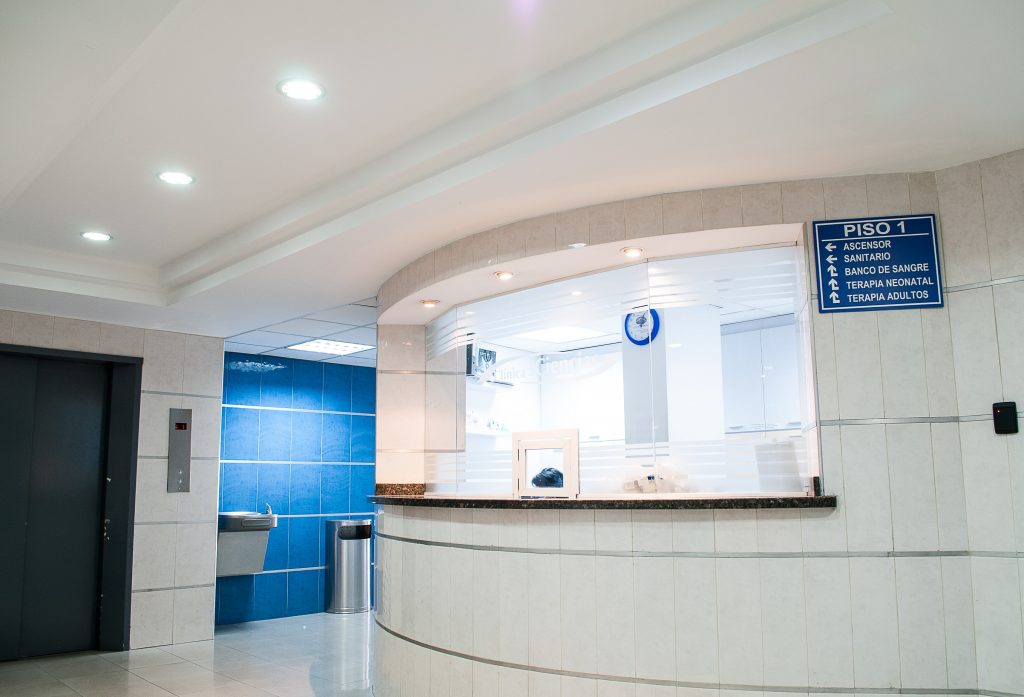WEBINAR
How to de-carbonise your organisation’s heating bills
In 2020 we hosted a series of webinars exploring topics on the importance of energy efficiency for businesses. If you missed them, don’t worry – here’s the recording of the fifth and final in the series.
Heating usually accounts for up to 50% of the energy use in a building, so it’s a significant area to consider when exploring energy efficiency improvements.
In this webinar Moira Dorey and Michael Esvelt (both part of the Environmental Information Exchange team at Oxford Brookes University) explored different ways to de-carbonise heating within the premises of a business.
This included replacing heating systems with lower carbon alternatives such as air source heat pumps, ground source heat pumps, and biomass boilers.

Thanks for watching!
Energy Solutions Oxfordshire is a complete energy efficiency service, helping organisations lower their energy use, while saving time and money. Get started by filling out our online survey to get a free Desktop Diagnosis Report for your organisation.
You might also like…

NatWest to lower the threshold for green loan applications

Government announce blueprint to cut emissions from industry, school and hospital buildings

8 quick-win tips for energy-efficient heating at your workplace

